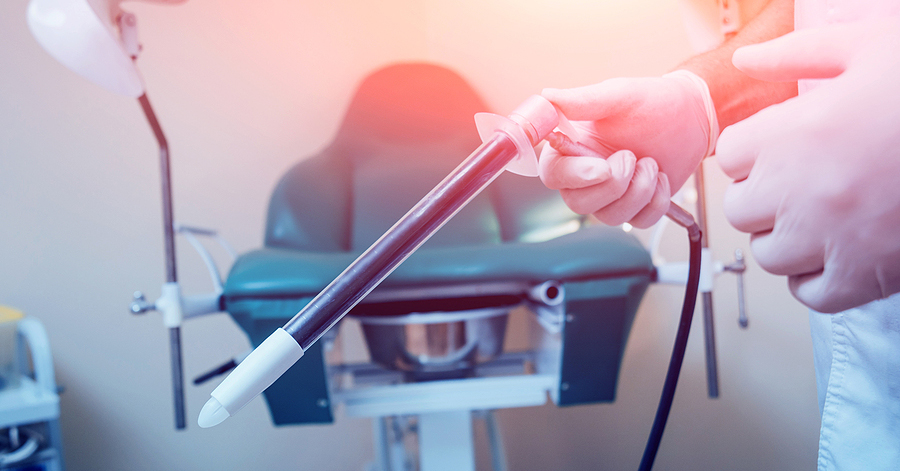Anoscope Handling and Care: Best Practices for Clinicians

Proper anoscope handling and care are crucial for ensuring patient safety, maintaining equipment longevity, and enhancing clinical outcomes.
This article outlines best practices for colorectal surgeons to follow, from pre-use inspections to post-use care, sterilization protocols, and regular maintenance.
Understanding the Anoscope
Definition and Purpose
An anoscope is a medical device used to examine the anal canal and lower rectum. It allows clinicians to diagnose conditions such as hemorrhoids, anal fissures, and tumors. The device is essential in procedures like biopsies and the removal of polyps.
Types of Anoscopes
Anoscopes come in various types, including disposable and reusable versions. They can also be categorized by design, such as rigid or flexible, and whether they are illuminated or non-illuminated. Understanding the different types helps in selecting the appropriate one for specific clinical needs.
Pre-Use Inspection
Visual Inspection
Before using an anoscope, it is important to conduct a thorough visual inspection. Look for any visible damage or wear and ensure all parts are intact and functioning properly. Any cracks, chips, or missing components can compromise the procedure and patient safety.
Functionality Testing
In addition to visual inspection, test the functionality of the anoscope. Verify that any illumination mechanisms are working correctly and ensure the obturator moves smoothly. Check for any irregularities in the viewing window that could obstruct the clinician's view.
Sterilization and Cleaning Protocols
Cleaning Reusable Anoscopes
For reusable anoscopes, a detailed cleaning process is essential to prevent infections. Begin with pre-cleaning to remove gross contamination, followed by manual cleaning using appropriate brushes and cleaning agents. Automated cleaning devices, such as ultrasonic cleaners or washer-disinfectors, can further ensure thorough cleaning.
Sterilization Methods
Proper sterilization techniques are critical. Autoclaving is a common method, requiring specific temperature and pressure settings to ensure complete sterilization. Chemical sterilization can also be used, especially for delicate instruments that may be damaged by heat. It's important to follow the manufacturer's guidelines for each sterilization method.
Disposable Anoscopes
For disposable anoscopes, safe disposal practices are necessary. These devices should be disposed of in accordance with local regulations to prevent contamination and ensure environmental safety.
Handling During Procedures
Proper Handling Techniques
During procedures, proper handling of the anoscope is crucial to minimize patient discomfort and ensure a successful examination. Use gentle insertion techniques and maintain a clear field of view. This involves proper positioning and adjusting the device as needed.
Patient Safety and Comfort
Ensuring patient safety and comfort is paramount. Use appropriate lubrication to ease insertion and communicate with the patient to alleviate anxiety. Monitor the patient for any adverse reactions throughout the procedure and respond promptly if any arise.
Post-Use Care
Immediate Post-Procedure Care
After the procedure, carefully remove the anoscope to prevent injury. Begin initial cleaning steps immediately to remove any blood or tissue residues. This immediate action helps in maintaining the cleanliness of the device and prevents the buildup of contaminants.
Detailed Post-Procedure Cleaning
Post-procedure cleaning should be as thorough as pre-use cleaning. Follow the same detailed protocols to ensure the anoscope is completely sanitized and ready for future use. Pay special attention to any areas where blood or tissue may have accumulated.
Inspection for Damage
After cleaning, inspect the anoscope for any signs of wear or damage. Identifying and addressing issues early can prevent equipment failure during procedures. Report any problems to the appropriate personnel and ensure repairs or replacements are made promptly.
Maintenance and Storage
Regular Maintenance Checks
Routine maintenance checks are essential for keeping anoscopes in good working condition. Schedule regular inspections and follow a detailed checklist to ensure all components are functioning properly.
Proper Storage Practices
Store anoscopes in a clean, dry environment to prevent contamination and damage. Avoid exposure to extreme temperatures or humidity, and use protective covers or cases to further safeguard the devices. Proper storage extends the lifespan of the equipment and ensures it is ready for use when needed.
Training and Competency
Training for Clinicians
Comprehensive training for clinicians on the use and care of anoscopes is crucial. Training programs should cover all aspects of handling, cleaning, and maintenance to ensure clinicians are well-prepared.
Assessing Competency
Regular assessments of clinician competency help maintain high standards of care. Implement methods for evaluating proficiency and offer refresher courses and continued education to keep skills up-to-date.
Troubleshooting Common Issues
Identifying and Resolving Problems
Common issues with anoscope functionality can arise, and it is important to troubleshoot and resolve these problems promptly. Regular maintenance and careful inspection can help identify issues early, such as illumination failures or mechanical problems with the obturator.
When to Replace an Anoscope
Knowing when to replace an anoscope is key to maintaining effective clinical practice. Signs indicating the need for replacement include persistent damage, difficulty in cleaning, or repeated malfunctions. Following guidelines for the lifespan of reusable anoscopes ensures that equipment remains reliable.
Conclusion
Proper anoscope handling and care are essential for ensuring patient safety, maintaining equipment longevity, and enhancing clinical outcomes.
By following best practices in inspection, cleaning, sterilization, handling, post-use care, maintenance, and training, clinicians can provide the highest standard of care.
Prioritizing these practices not only improves patient experiences but also extends the lifespan of valuable medical equipment, ultimately benefiting both patients and healthcare providers.
Contact Adler MicroMed if your clinic needs a reliable supplier of quality disposable anoscopes.
